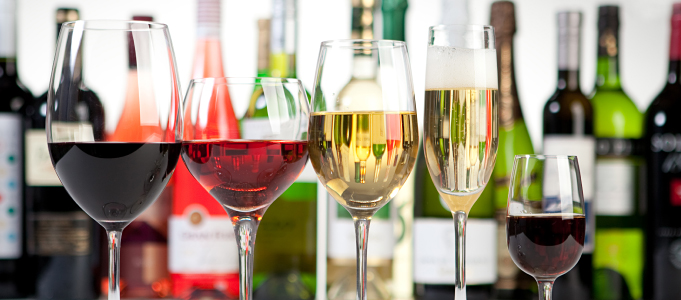Oenophilia 101: A Beginner’s Guide to Wine

This post is sponsored by Epermarket, an online grocery store with more than 5,000 imported and safe local goods and a growing selection of organic products – the largest online selection of its kind in China. Shop for fresh produce, personal care products, pantry staples, organic foods and high-quality imported meats and beverages with convenient customer service in English, French, German, and Chinese.
Wine is enjoyed worldwide but few people truly understand it – you could spend years studying the subject and still be overwhelmed by its complexity, history and culture. But like any deep topic, you can get off to a solid start by learning a few basics:
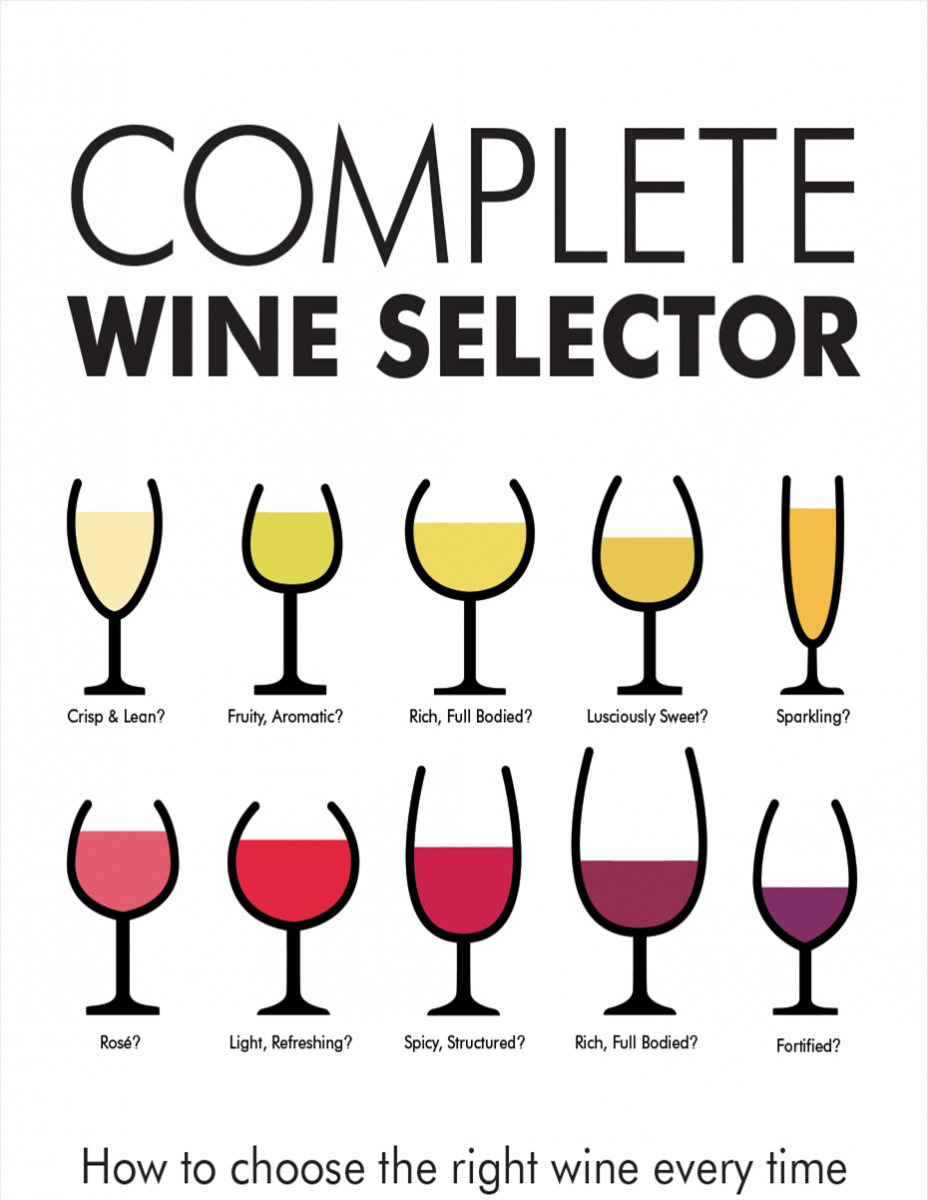
Lesson #1: The 5 Main Types of Wine
If we were to give you a chart that listed all the different individual types of wine, your head would probably start spinning. There are literally hundreds of different grape varieties and different winemaking styles, so the sheer number of different types of wines that can be produced as a result is astounding. Fortunately wine can be grouped into five main categories:
1. Red Wine – A still wine made from black grapes.
2. White Wine – A still wine made from green and sometimes black grapes.
3. Rosé Wine – A still wine made from de-skinned black grapes or by blending red and white wine together.
4. Sparkling Wine – A wine that is created by involving a secondary fermentation which results in carbonation. Sparkling wine can be red, white or rosé in color.
5. Fortified Wine - A style of winemaking which involves fortifying wine with spirits. Most fortified wines are dessert wines, butthere are dry fortified wines, such as dry Sherry.
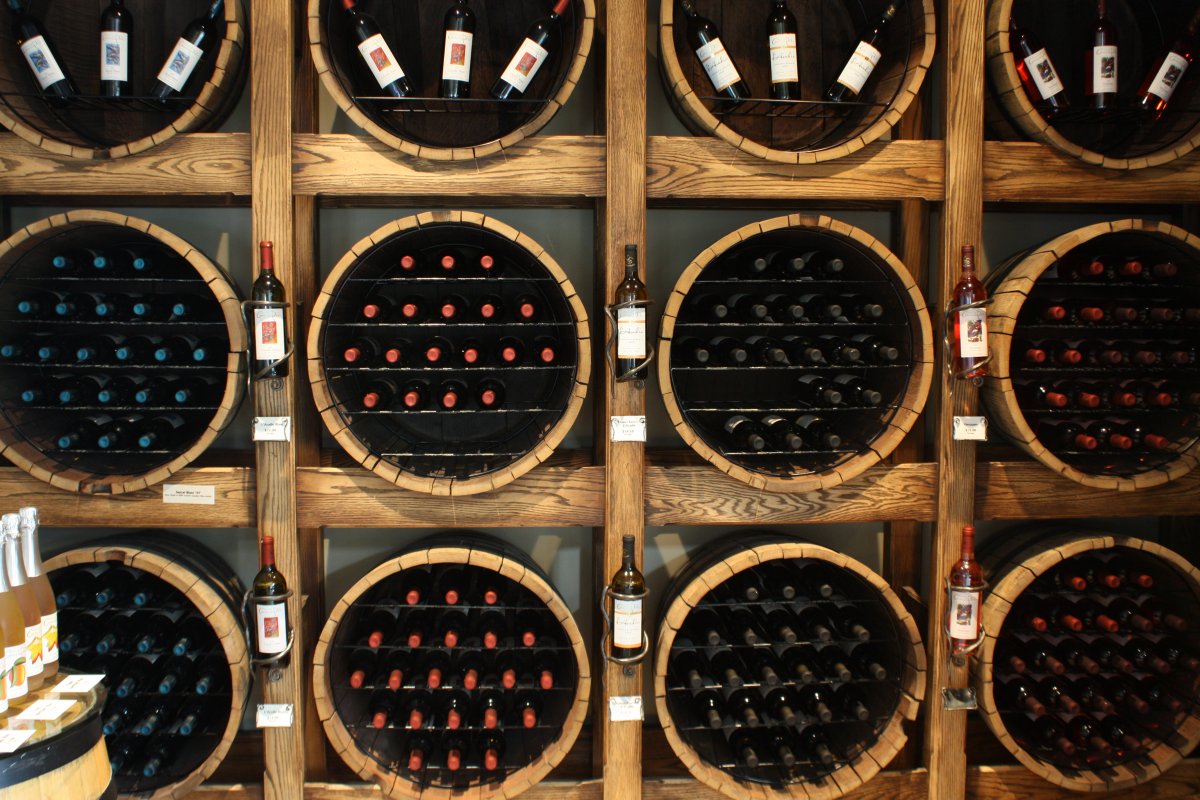
Lesson #2: The 3 Types of Sweetness Levels
Within each different type of wine, there is also a sub classification regarding the sweetness. However the perception of sweetness in wine can be deceiving. True sweetness is the result of residual sugar left in the wine after the fermentation process, but just because something might taste dry doesn’t mean that it has less sugar. A high acidity can often mask the high level of sugar in a wine, and intense fruit flavors can be often mistaken for sweetness. On the flipside, a wine that contains lower levels of acidity can create a stronger impression of sweetness.
1. Dry – When all of the grape sugars have fermented into alcohol.
2. Semi-Sweet (a.k.a. “Off Dry”) – Has a little amount of sugar left in usually to balance acidity and/or aromatics in wine.
3. Sweet – Contains the highest amount of unfermented sugar. Most sweet wines have a lower alcohol level unless they are fortified.
Lesson #3: The Level of Tannins Does Not Indicate Dryness
Yes, tannins can dry out your mouth – but a wine that is considered a dry wine may not necessarily have a high level of tannins. Sounds confusing, right? Tannins are compounds that add bitterness to a wine but unlike the term “dryness,” it in no way indicates how much sugar is in the wine. The sensation that we get when drinking a wine that has a high level of tannins is similar to drinking a super strong cup of tea that has been over-steeped. Tannins add balance, complexity, and structure to a wine, and are often credited with aiding in wine preservation.
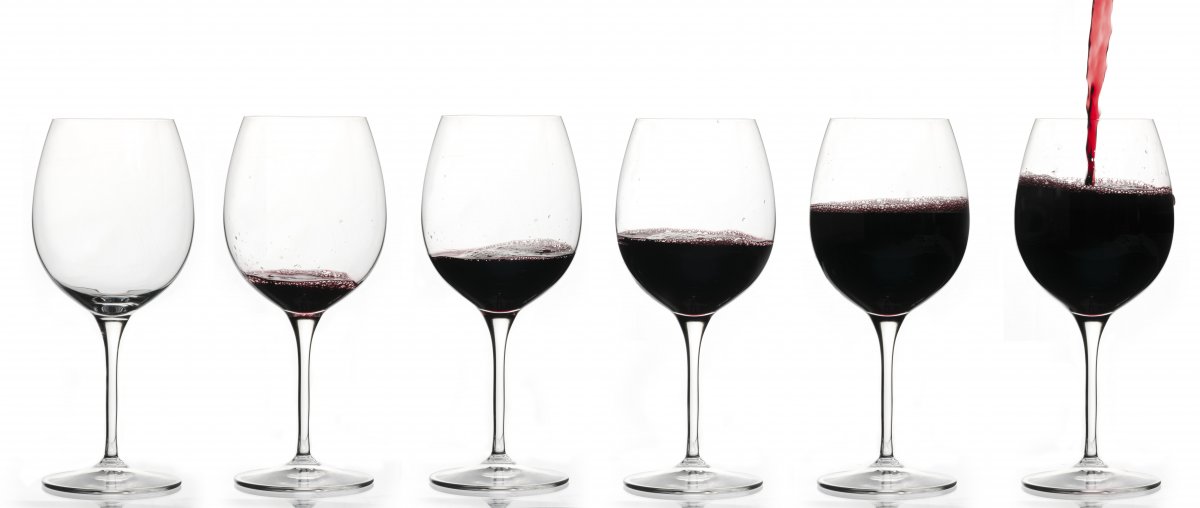
Lesson #4: Why Acid Is Important In Wine
While tannins dry your mouth out after drinking, acids are what make your mouth water after drinking. A wine’s acidity is what allows it to maintain its freshness and flavor notes. A wine that has a high level of acid will generally be described as “tart,” whereas a wine with a low level of acid will be labeled as “flat.” A wine that has a well-balanced acidity also is more versatile in food pairing.
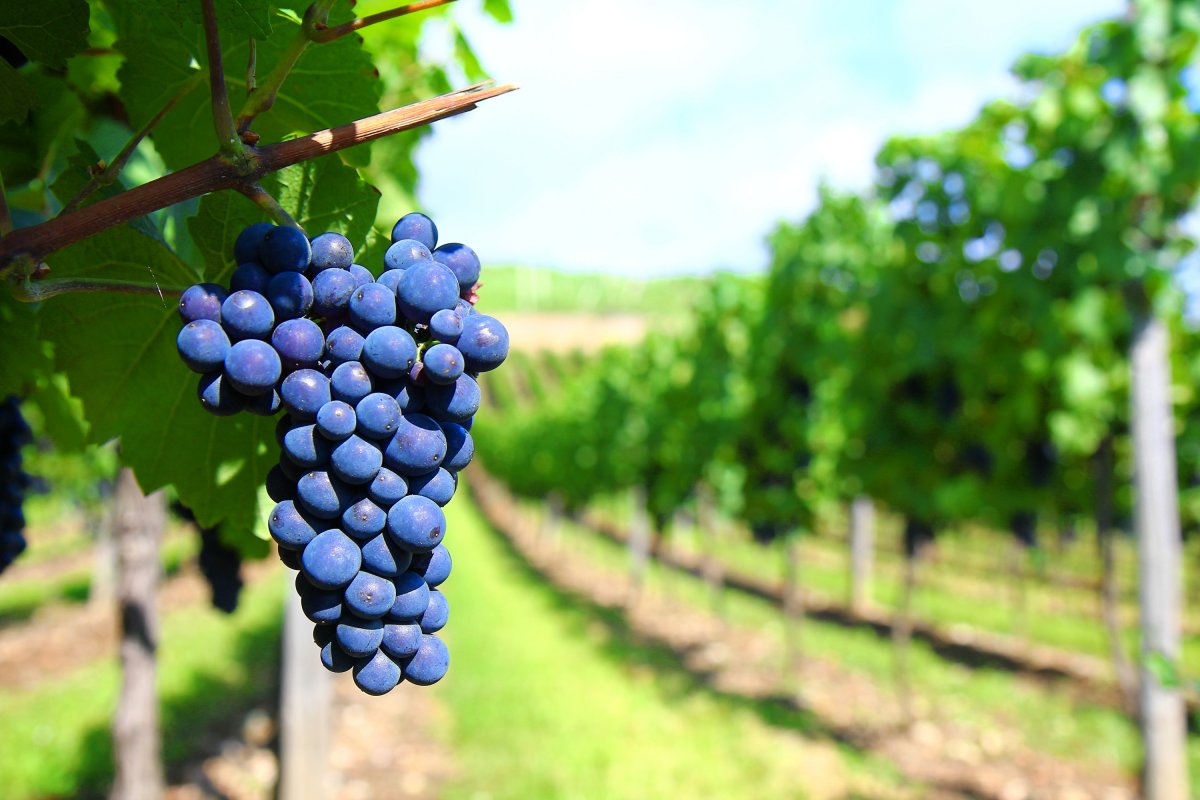
Lesson #5: Fruit Notes in Wine
Oftentimes we see wine described in terms of flavors, such as fruit. And no, wine-makers do not add in some special ingredients to create them – traditional wine is strictly made only from grapes. So then where do all these fruit smells and tastes come from? The grapes, of course! When grape sugar is fermented by yeast, the fermentation process infuses thousands of complex compounds into the wine. The end result is that the wine can end up with familiar scents and tastes that our senses translate into flavors that we recognize, such as apples, berries, vanilla, even butter!
The great thing about wine is that while there’s a lot of agreement between flavors and notes, much of what distinguishes a good bottle of wine from a bad one is your own personal opinion.
But here’s the one thing that all wine experts can agree on: the best way to learn more about wine is just to get out there and start trying them – and the easiest way to get started is with Epermarket’s wide selection of fine & imported wines from all over the world!
Shopping with Epermarket is easy: Simply pick your products, choose where and when you want to receive your delivery, and select whether you want to pay online or on delivery!
Click here to see what new exciting wines you can discover next at Epermarket or shop Epermarket’s Wine Sale until September 7-20 – save up to 60 percent off!

Photos courtesy of Epermarket

